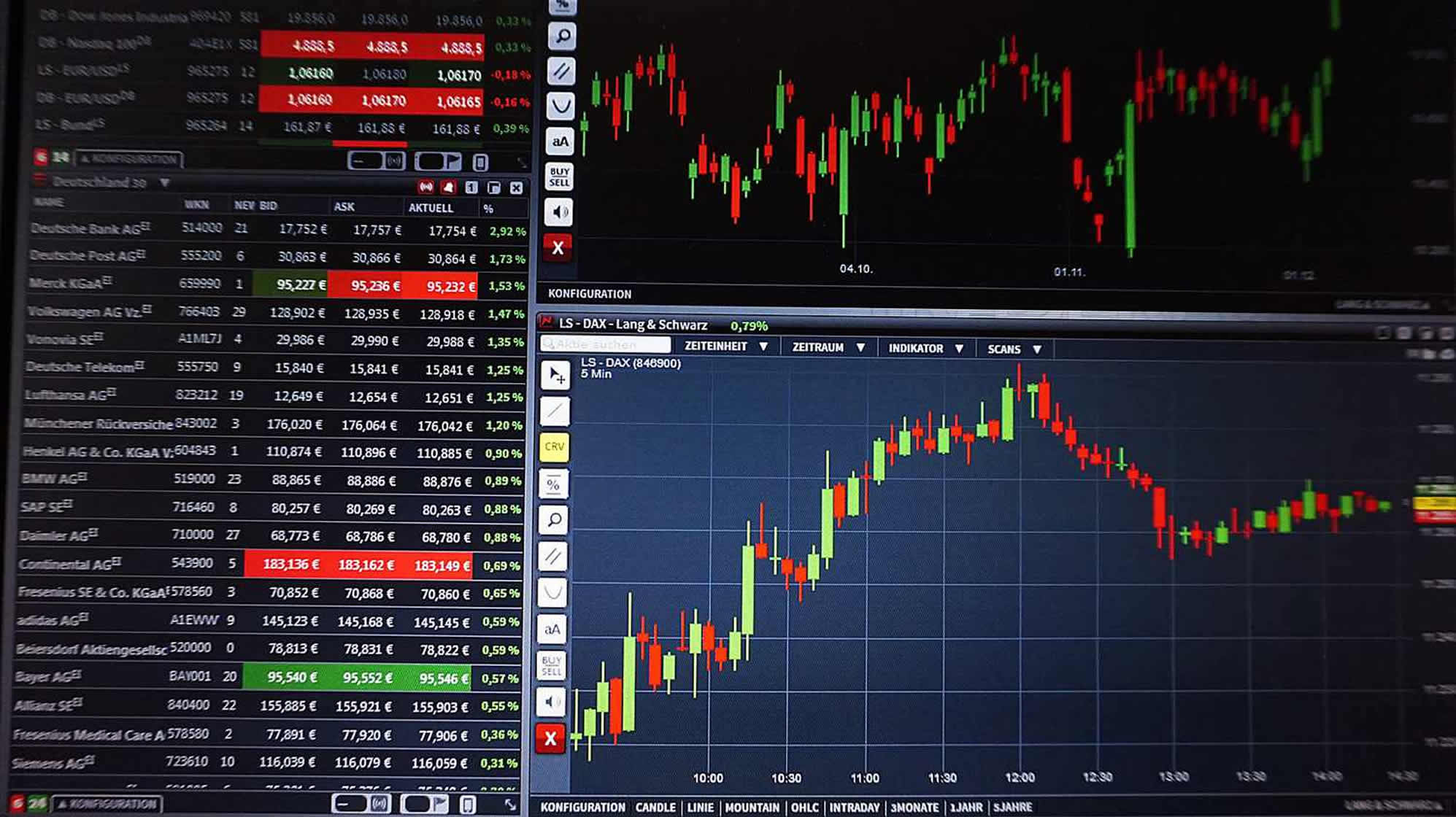In the fast-paced world of forex trading, risk management is as essential as strategy. As traders in Bangladesh and beyond navigate volatile markets, they often focus on indicators, leverage, and technical analysis—but seldom draw parallels from seemingly unrelated areas. Yet, by looking at how comfort is structured in unexpected domains—like how a pet rests on dog beds or how a minor provocation leads to dog bites—we can gain fresh insights into structuring risk in financial trading.
Comfort Zones and Position Sizing
A key tenet of successful forex trading is ensuring that your positions are sized appropriately. Just as a well-constructed dog beds lineup gives your pet the right support—they do not overheat, collapse, or cause joint stress—in trading you must ensure your position sizes align with account capital, volatility, and risk tolerance. If a trader overleverages, it’s like forcing a small dog onto an oversized, unstable bed—it may collapse under the load. Properly sized positions help maintain structural integrity of your portfolio.
Warning Signs Before Major Losses
Dogs may give early warnings before a bite: growling, stiff posture, or repeated warning licks. Ignoring these warning signs often results in dog bites—the unpleasant consequence. In markets, certain signals—excessive drawdowns, trend reversals, spikes in volatility—serve as those warning growls. If you ignore them, your account may suffer serious damage. Seasoned traders train themselves to sense these early signals and reduce risk exposure quickly.
Leverage: Comfort vs. Strain
Leverage is a double-edged sword. It can amplify gains—but equally amplify losses. We can imagine a delicate luxury dog beds designed to cradle giant breeds; if you put a Great Dane on a bed built for a pup, the strain on the material becomes visible quickly. Similarly, using high leverage with a small account may tear at your capital when the market moves against you. The lesson: always ensure your trading infrastructure—capital, margin, strategy—is appropriate for the leverage employed.
Event Risk and Sudden Reactions
Major news releases—interest rate decisions, inflation data, geopolitical events—can trigger sudden shifts in market sentiment. These are like unexpected stimuli to an anxious dog, which may lead to dog bites out of fear or surprise. Similarly, unexpected economic events can lead to sharp reversals or spikes in currency pairs. Traders must prepare with stop-loss orders, hedging strategies, or position scaling to mitigate such bites from the market.
Diversification: Multiple Beds vs One Crumble
In pet care, having more than one comfortable resting spot—multiple dog beds in different rooms—gives an animal options. If one becomes disturbed, they can retreat to another. In forex, diversification across currency pairs, trading styles (trend-following, mean reversion), or time-frames functions similarly. When one strategy underperforms, others may still hold steady. Diversification softens the blow of any single strategy failing.
Psychological Stress and Its Consequences
Stress in life can lead dogs to snap unexpectedly—essentially, dog bites when pushed beyond their comfort. Traders too have psychological limits. Emotional overtrading, chasing losses, and revenge trading often come after long periods of stress. To avoid those “bites,” establish routines: pre-trade plans, daily reviews, rest periods. Recognizing when you are emotionally fatigued helps you sidestep costly errors.
Capital Preservation and Risk-Reward Ratios
In forex, protecting capital is more important than chasing big profits. Imagine investing in a top-tier dog beds product for your pet; it’s a protection measure to avoid health problems later. Similarly, focusing on risk-reward ratios—only taking trades with favorable payoff relative to potential loss—serves to protect your trading “capital health.” Even small, consistent profits accumulate; large losses can wipe them out.
Backtesting and Learning from Mistakes
A pet may “bite” after repeated negative experiences. A dog may learn boundaries. In trading, mistakes are unavoidable—but backtesting allows you to study past trades, refine strategies, and avoid repeating the same triggers that led to losses. Document trades, analyze missteps, and treat each bad trade as data—not as emotional baggage.
Setting Stop-Loss and Take-Profit Levels
Stop-loss and take-profit orders are essential risk controls. Without them, a trader leaves themselves exposed to market reversals, just as an unrestrained dog in stressful situations might lash out—dog bites aren’t always preventable without proper boundaries. Similarly, not setting stop-loss levels is like letting behavior go unchecked. Solid boundaries reduce harm.
Ongoing Education and Adaptability
Markets evolve: regulations change, geopolitical tensions shift, central bank policies oscillate. Traders who rest on old beliefs are like pets forced to use worn-out dog beds—eventually discomfort shows and health problems emerge. To stay healthy in your trading career, you need ongoing education: seminars, reading research, demo testing new tools. Adaptability ensures comfort and resilience.
Putting It All Together
For Bangladeshi forex traders—whether beginners in Dhaka or experienced in Chittagong—these lessons are vital. Monitor your positions like maintaining high-quality dog beds: attentive, supportive, designed for your capacity. Watch out for the warning signals—don’t let them become painful dog bites you didn’t see coming. Use disciplined risk management, psychological readiness, stop-loss protection, diversification, and continuous learning.
Conclusion: Trading with a Veterinarian’s Eye
As someone who studies patterns—whether in animal behavior or market charts—the principle holds: comfort, boundaries, early warning signals, and proper structure matter. By approaching forex risk the way a careful pet owner approaches their dog’s rest and safety, you foster resilience. In markets, just as in caring for animals, prevention beats cure. And in forex, prevention may mean the difference between long-term success and costly mistakes.
























